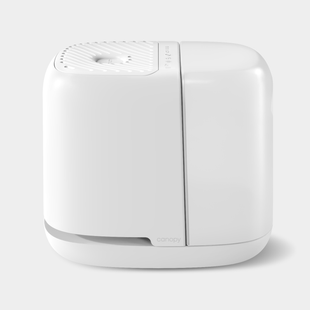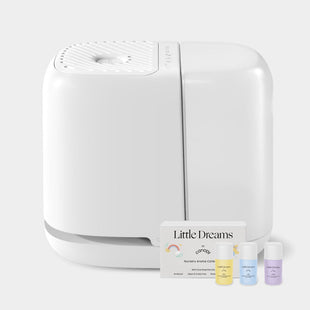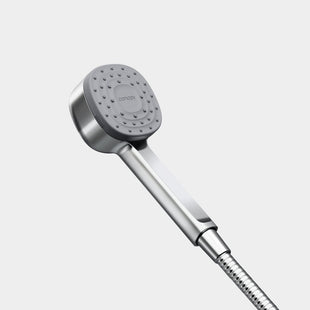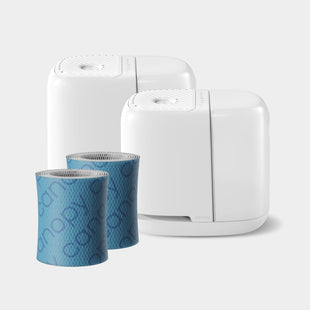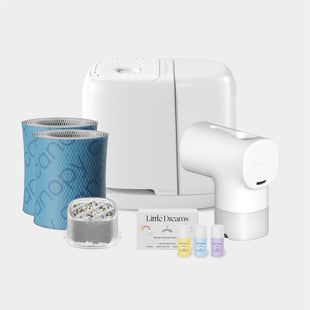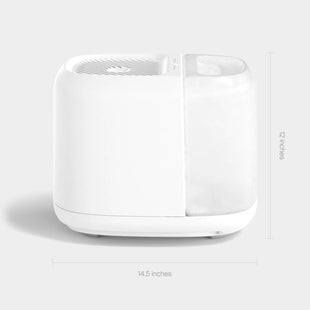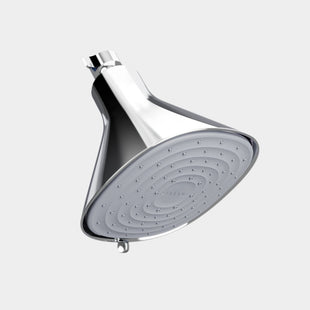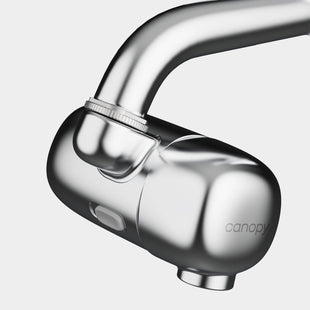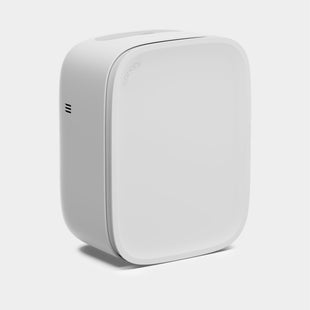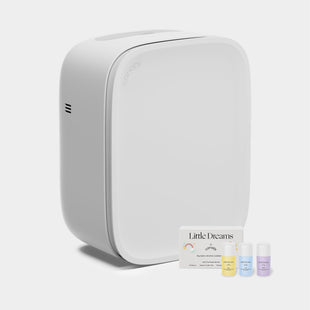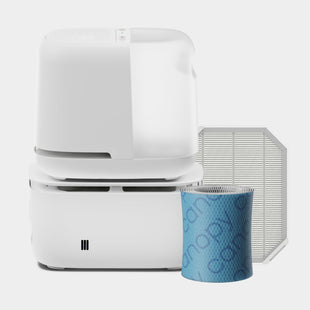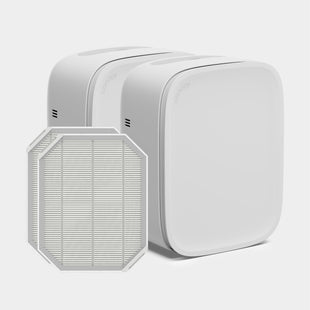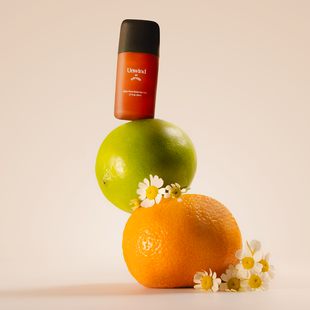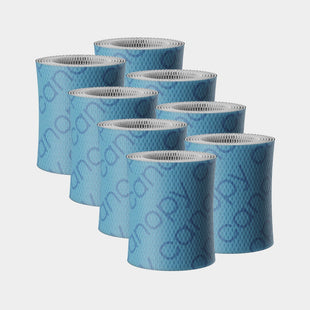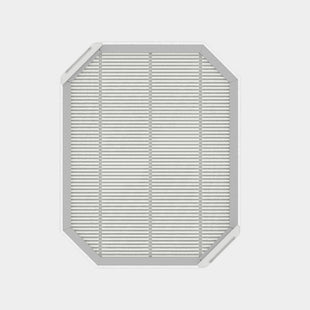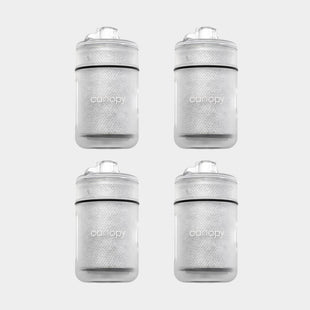Now that we have provided an in-depth guide on how to measure humidity, we want to dive into the concept of varying humidity levels: high humidity levels and low humidity levels.
We will answer the following questions in this blog:
Understanding humidity levels will allow you to navigate the world of humidifiers, dehumidifiers and everything in between. You may also reap the exceptional benefits of optimal humidity for you, your family, your houseplants, and even the foundation of your home.
What is Humidity?

In order to provide a sufficient response to the question: “What is high humidity?” we must first define humidity.
Simply stated: humidity refers to the presence of water vapor in the air. Step outside on a hot, humid day in the South and you understand humidity, or at least, the effect of humidity on the body. You feel fatigued, your hair gains volume (not in a good way), and you feel sticky and sweaty.
When navigating a weather report, the predicted humidity level expressed as a percentage on the report, is called relative humidity. Meteorologists use relative humidity to communicate humidity levels to the public. Relative humidity is the amount of moisture in the air at a given moment as compared to the total amount of moisture that can be suspended in the air at a certain temperature.
That’s a mouth full! Let’s paint a picture.
Warm temperatures can hold higher levels of moisture than cold temperatures. This is a result of the higher average speed at which the water vapor molecules move when the air is warm. The more aggressive movement of water vapor molecules makes them less likely to condense back to their liquid form. 50% relative humidity on a cold day feels far different than 50% relative humidity on a warm day.
Picture you have two buckets side-by-side. One bucket has a 10 gallon capacity and one bucket has a 50 gallon capacity. If you fill the 10 gallon bucket with 5 gallons of water, the bucket would be half full. If you fill the 50 gallon bucket with 5 gallons of water, it would only be 1/10 full. Each bucket is filled with 5 gallons of water, but the “fullness” is different from bucket to bucket.
This is why 50% humidity on a cold day does little to prevent dry skin, lips, and a stuffy nose while 50% humidity on a warm day feels wonderful and often welcomed.
How to Measure Humidity at Home
Now we know that relative humidity is the most effective humidity measurement to use in a home, office, or even outdoor setting. Relative humidity can communicate how you feel at a given temperature. But, how do you measure humidity in your home, specifically, how do you measure relative humidity in your home? Furthermore, why should you measure relative humidity in your home?
Relative humidity is simply and effectively measured with a hygrometer. A hygrometer is a tool that monitors both temperature and moisture levels to produce a relative humidity reading. Hygrometers are often found at home improvement stores like Home Depot, Lowe’s, or Ace Hardware. You can also find a wide assortment of hygrometers online.
A hygrometer is a useful tool to have in your home. If you find that your nose feels particularly congested every time you step into your home, or you have chronic dry skin on your knees and elbows when you wake up in the morning, your home may suffer from a deficit of moisture. A hygrometer can either confirm or negate your hypothesis and give you the knowledge you need to take action.
Why Measure Relative Humidity?
Is monitoring relative humidity in your home, office space, or child’s nursery really necessary?
Absolutely! Optimal home humidity levels are associated with a wide array of health and wellness benefits, particularly as it relates to breathing, allergies, asthma symptoms, children’s health, skin health, and more. When humidity levels fall outside of optimal range, your body, your home, and even your houseplants may suffer.
What is Considered High Humidity?

As we mentioned in the previous section, there is an optimal humidity range, which provides a foundation from which you can navigate your home, office, or nursery humidity levels. The optimal range is between 40% and 60% humidity.
When relative humidity drops below 40%, say in the winter when the outdoor air is dry and harsh and central heating smothers all moisture in your home, the effects of low humidity set in. You can read more about low humidity in our blog: “What is Low Humidity?”
On the contrary, when relative humidity levels exceed 60%, the air is considered too humid for regular home activity. So, to answer the question: “What is high humidity?” it is a hygrometer reading that exceeds 60%.
Humidity levels above 60% create a prime breeding ground for mold and bacteria. Mold spores, specifically, can trigger allergy and asthma symptoms and create much discomfort for all members of the household. Not to mention, if mold spreads through your home, you may find yourself in need of expensive mold removal services. Additionally, high humidity levels can instigate feelings of fatigue and lethargy, headaches, and more. This is certainly a recipe for disaster.
If your hygrometer reads above 60% relative humidity in a non-bathroom or kitchen room, it is best to take steps to reduce humidity levels. High humidity may be a regular problem in your home if you live in a tropical climate, you have a loft-style apartment, or you recently experienced water damage. If high humidity is a chronic problem, you may want to invest in a dehumidifier.

